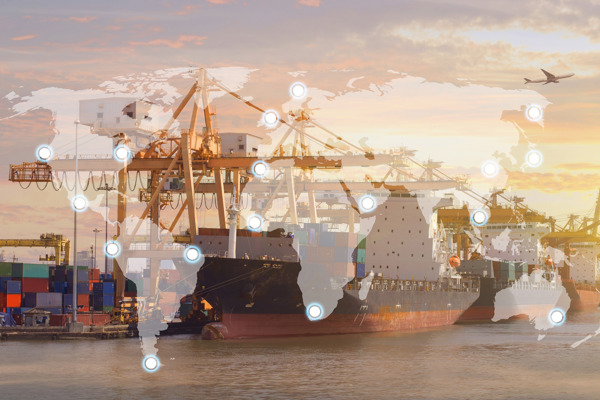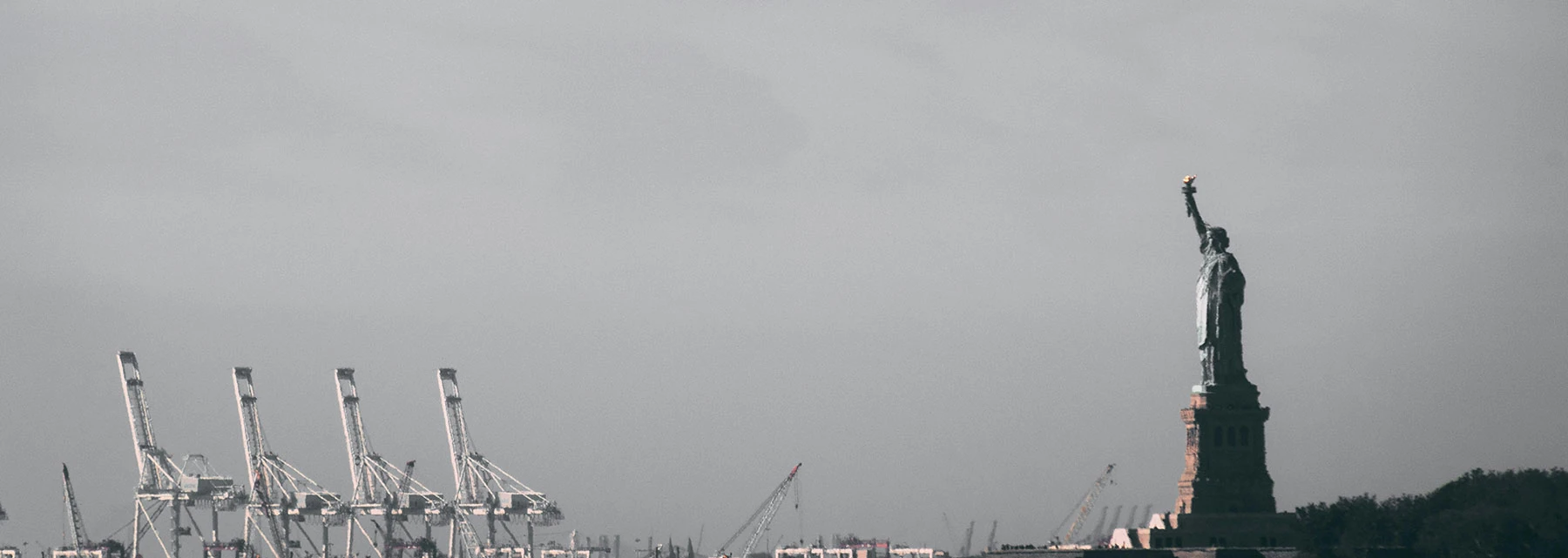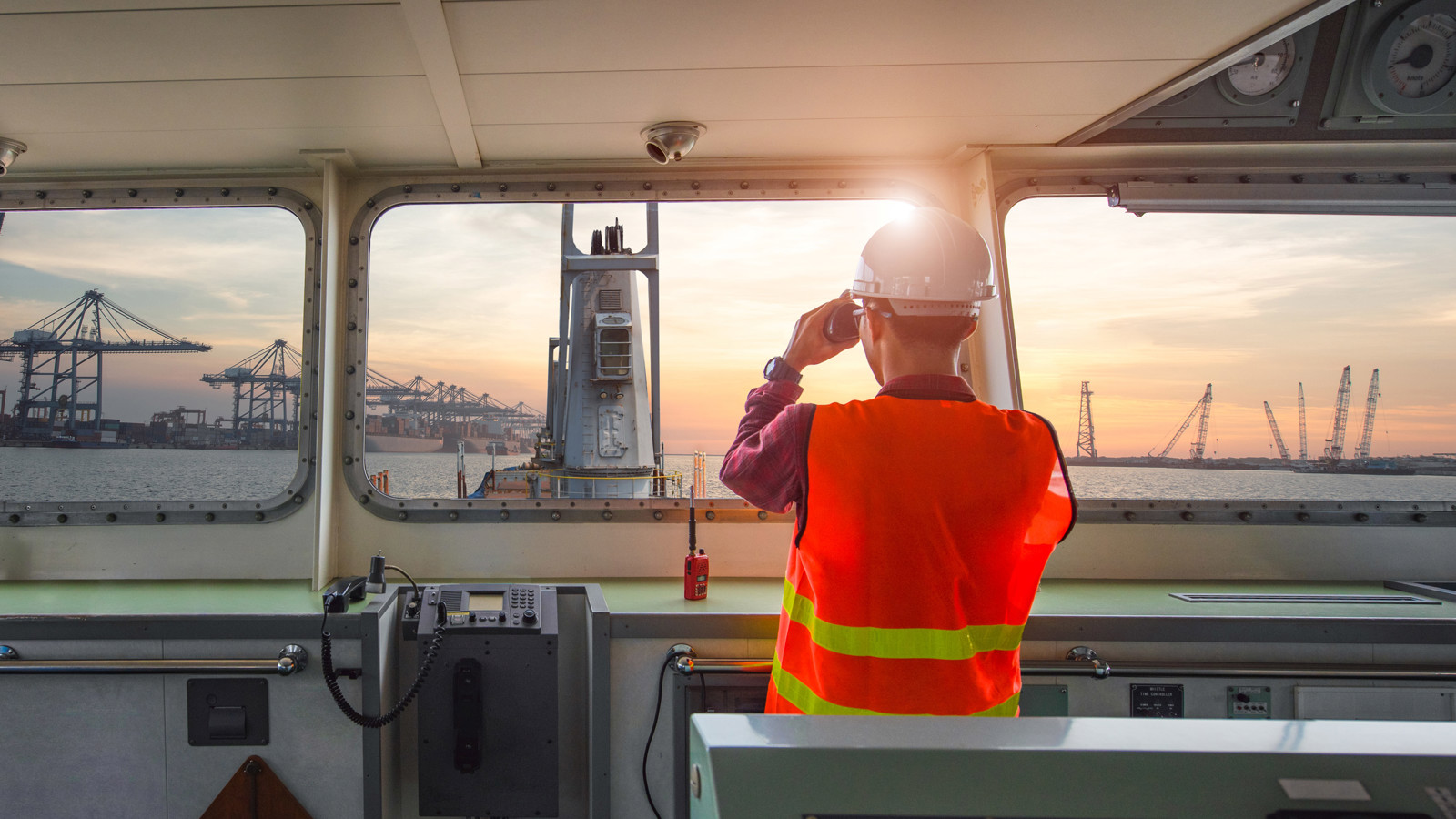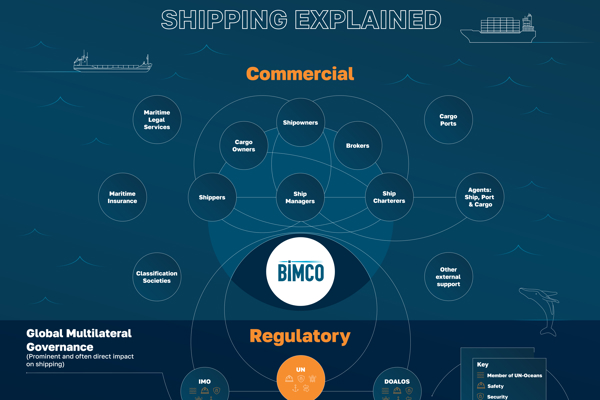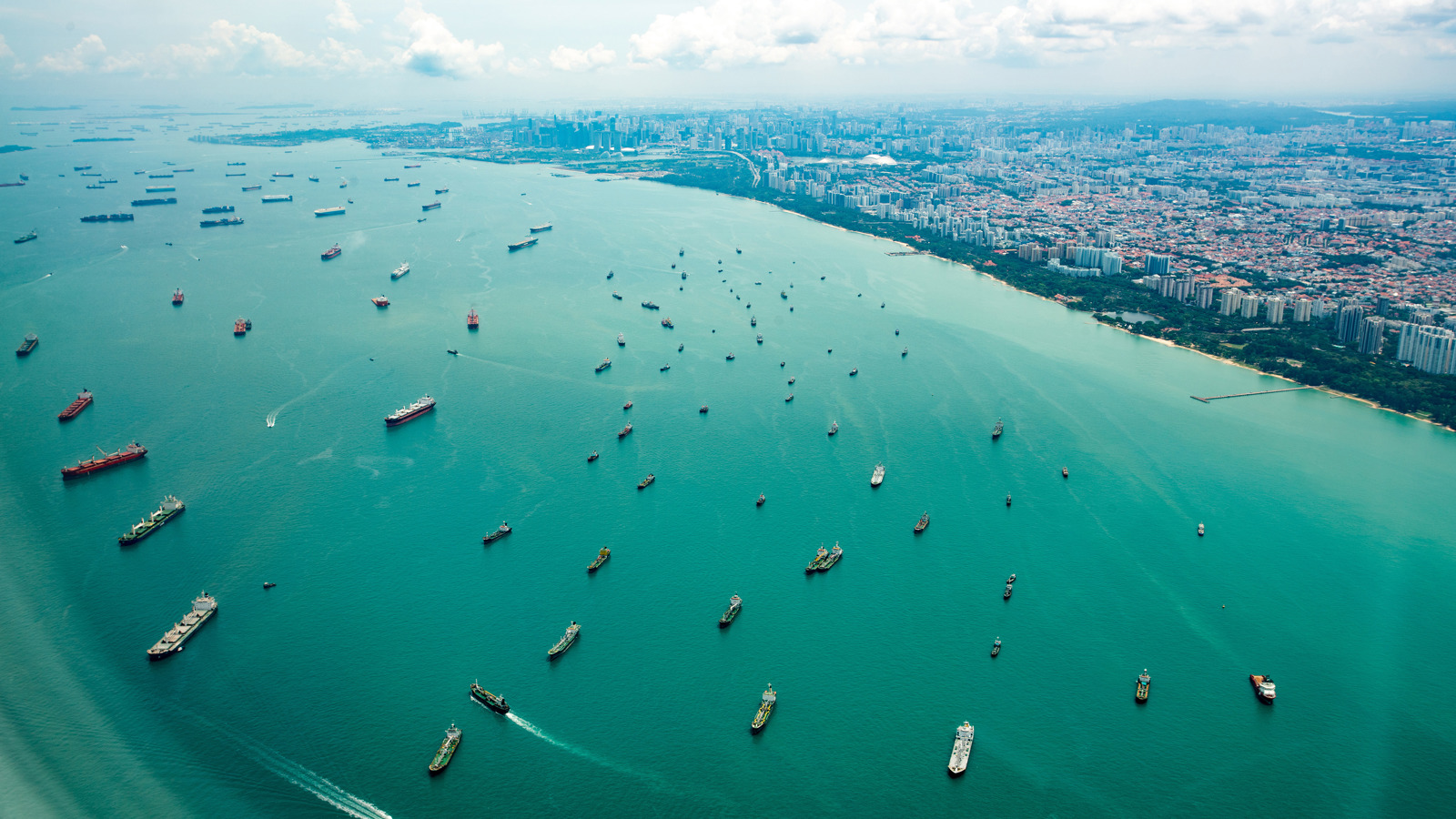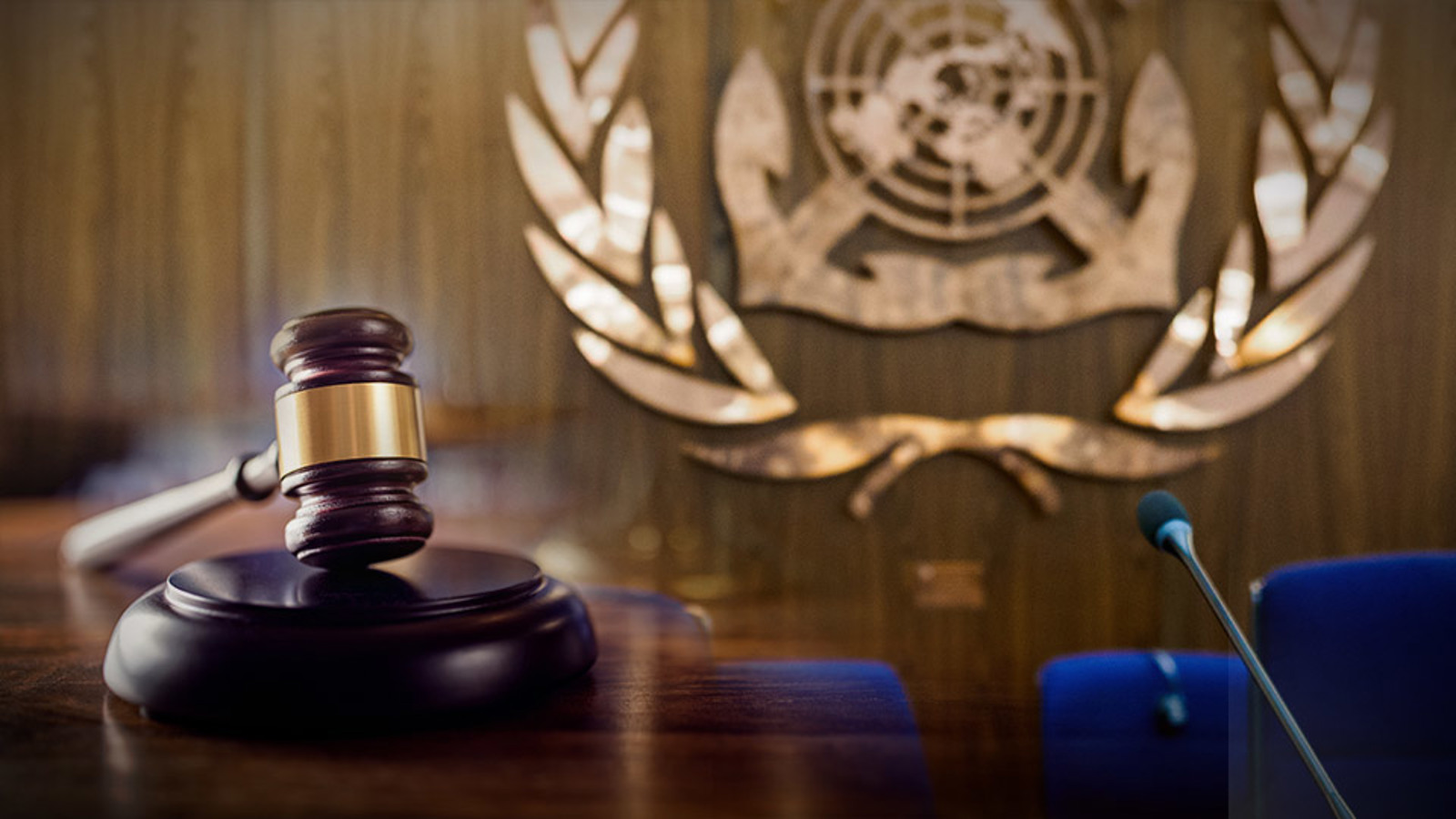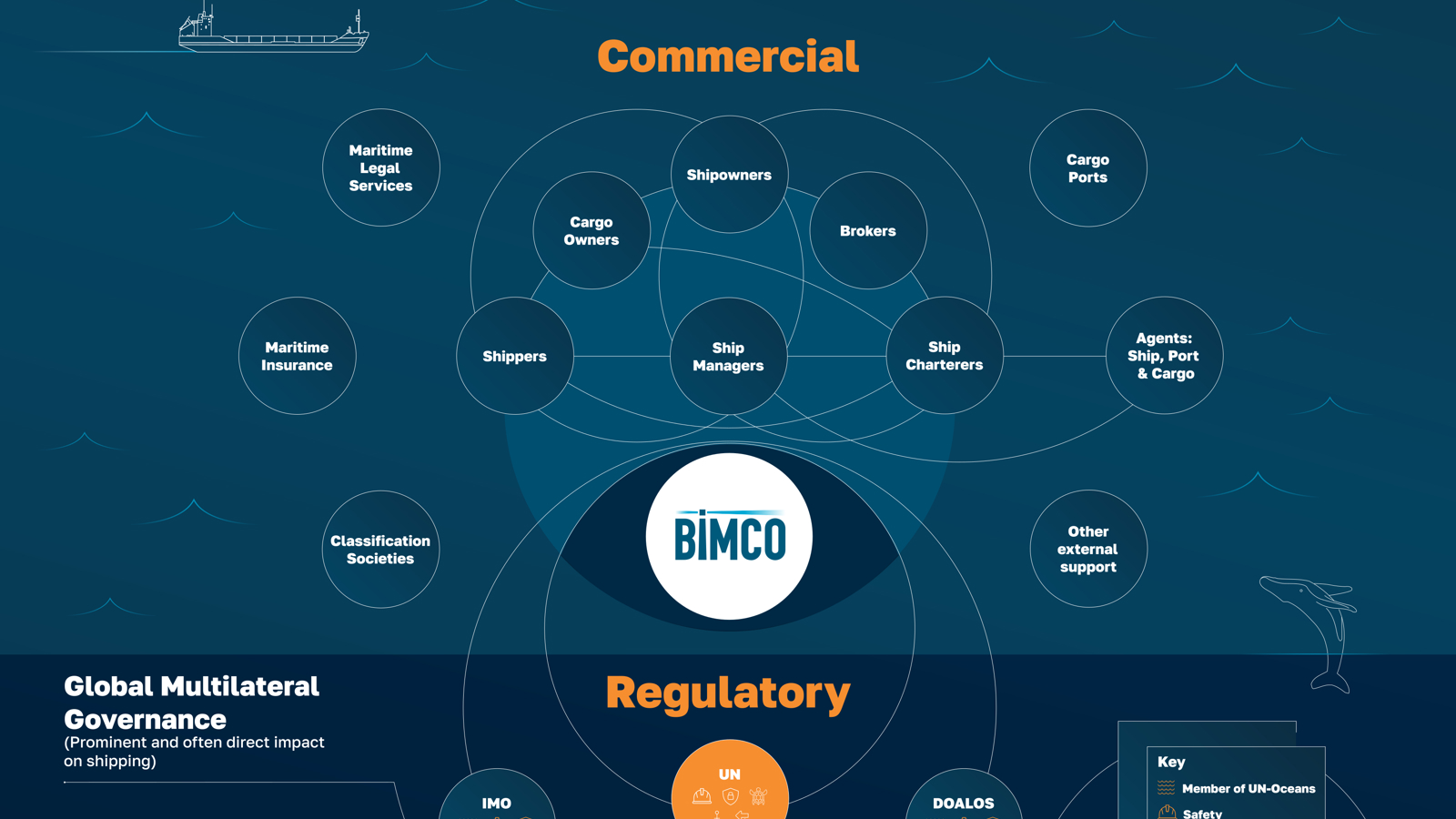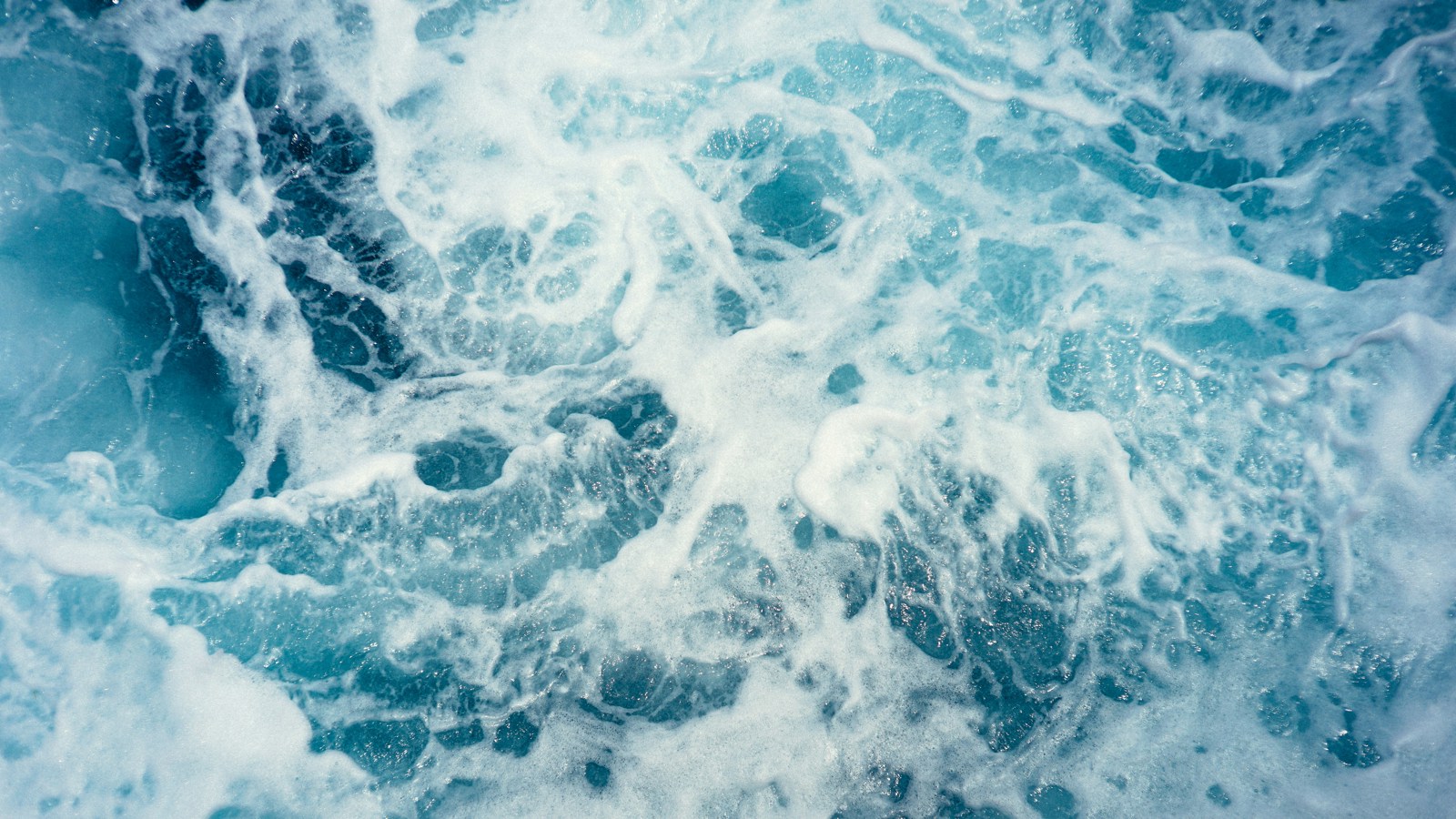
How shipping works
Shipping is global trade
Shipping is more than a ship. Shipping is food on the table. A warm home. Life-saving medicines and essential raw materials. Shipping is cars, fuel, smartphones and trainers. Shipping is global trade. Shipping is life.
With the smallest environmental footprint of all transportation methods, shipping is the most sustainable way to keep global trade on the move.
Most of us enjoy the benefits of shipping without thinking about what it takes to ship goods and commodities across vast oceans and hazardous waterways. Whether it's specialist insurance or complex contractual arrangements, sourcing compliant fuels or managing crew wellbeing, there's more to shipping than loading a ship with cargo.
Yet understanding this highly complex and regulated industry is key to understanding how our modern world works. Let's navigate this together.
